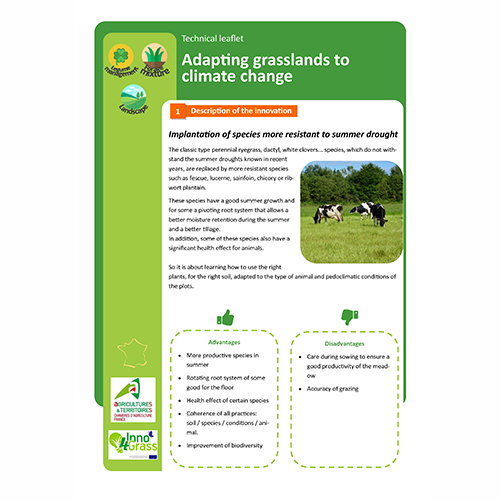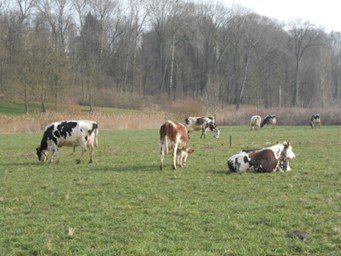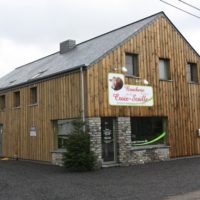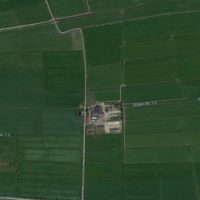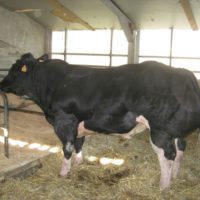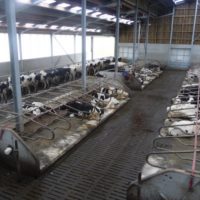Cross-breeding and grazing management
Description
2-ways, 3-ways, 5-ways,
there are many different ways to use cross-breeding but all of them can fill the same ob-jectives: to improve grass use thanks to lighter/smaller and hardier cows.
Lighter cows have indeed less impact on the ground which allows them to graze longer during the year. For some farmers, cross-breeding is also use to improve calving ease or standing. These two traits make it handier to graze : calving ease make it possible for the farmer to let them calve outside for example and good standings allow cows to move more easily in the pasture and on the pathways.
Cross-breeding could also have a good impact on milk quality levels.
When cross-breeding two cows from two different breeds, there is genetic effect called heterosis which enhance some interesting traits. For example, when cross breeding Holstein and Normande, milk quantity is often higher for the first generation. Most of the time, cross-breeding is use to take advantage of this effect.
Advantages
- Smaller cows have less impact on the ground, eat less and have a better use of the grass
- Hardier cows better fit with a grass-based system because they handle grazing better
- Better milk quality levels
Disadvantages
- The farmer needs higher technical abilities in order to select the right bulls and cows to mate.
- It needs a careful follow-up so that the process is well managed.
- It also can be more expensive.
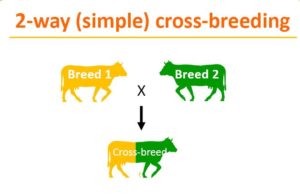 The number of breeds indicate the name of the cross-breeding way.
The number of breeds indicate the name of the cross-breeding way.
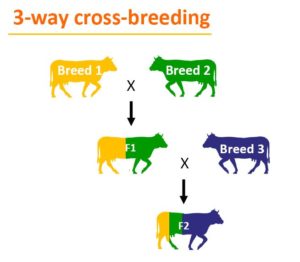 The cross-bred generations can be re-crossed with the initial breeds but the heterosis effect is then reduced.
The cross-bred generations can be re-crossed with the initial breeds but the heterosis effect is then reduced.
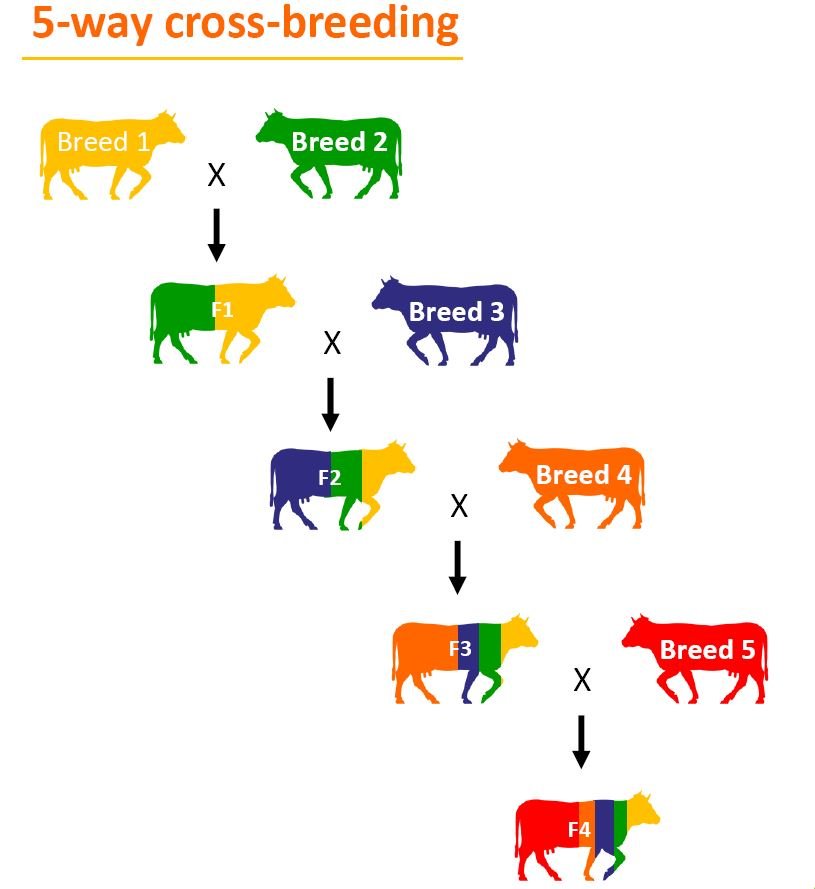 The final objective is to get a cow with the best traits from each breed that is crossed and who is the most adapted to the pro-duction system.
The final objective is to get a cow with the best traits from each breed that is crossed and who is the most adapted to the pro-duction system.
More information
- http://idele.fr/no_cache/recherche/publication/idelesolr/recommends/le-croisement-laitier.html
- S. P. Washburn, K. A. E. Mullen, 2014. Invited review: Genetic considerations for various pasture-based dairy systems. J. Dairy Sci., 97, 5923–5938.
- C. Dezetter, N. Bareille, D. Billon, C. Côrtes, C. Lechartier, H. Seegers, 2017. Changes in animal performance and profitability of Holstein dairy operations after introduction of crossbreeding with Montbéliarde, Normande, and Scandinavian Red. J. Dairy Sci., 100, 8239–8264.
- C.P. Ferris, P.J. Purcell, A.W. Gordon, T. Larsen, M. Vestergaard, 2018. Performance of Holstein and Swedish-Red × Jersey/Holstein crossbred dairy cows within low- and medium-concentrate grassland-based systems. J. Dairy Sci., 101, 7258-7273.
- R. Prendiville, K.M. Pierce, F. Buckley, 2009. An evaluation of production efficiencies among lactating Holstein-Friesian, Jersey, and Jer-sey × Holstein-Friesian cows at pasture. J. Dairy Sci., 92, 6176-6185.
Additional information
| Domains of innovation | animal type (breed), grazing management system |
|---|---|
| Country | France |
| Product type | Technical leaflet |
| Language | English, French |
